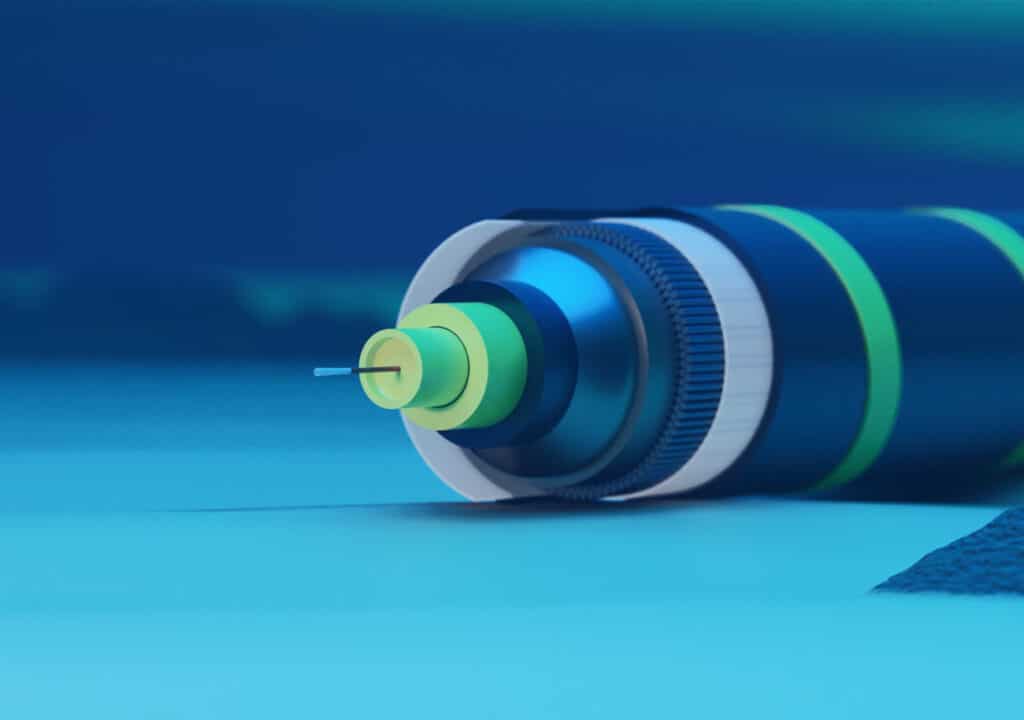Tasmania’s long-promised role as the “battery of the nation” is moving closer.
The Clean Energy Finance Corporation (CEFC) has confirmed that $3.8 billion in financing has been secured for Stage One of the Marinus Link undersea transmission project.
The CEFC says this marks financial close, clearing the way for construction of the 345-kilometre cable between Tasmania and Victoria.
The link is designed to transfer up to 1.5 GW of electricity, enabling Tasmania’s hydro and wind resources to firm variable solar and wind generation on the mainland.
Clean Energy Council Chief Policy and Impact Officer William Churchill said the milestone was a major boost for Australia’s energy transition.
“Tasmania’s promise to become the ‘battery of the nation’ is a step closer to being realised, with today’s announcement of Marinus Link Stage One reaching financial close,” he said.
The project is expected to allow low-cost surplus solar generation from Victoria to flow south during the day, while Tasmanian hydropower can be dispatched northwards at peak demand periods.
The two-way capability is seen as critical for balancing the National Electricity Market (NEM) as coal-fired plants retire over the next five years.
Churchill said the interconnector would accelerate development of new renewable generation.
“We know that this vital infrastructure that will increase the viability of future wind farm development and energy export capacity from the Apple Isle to the mainland, speeding up our nation’s transition to clean energy as we exit Australia’s ageing, inefficient and costly coal-fired power fleet in the next five years,” he said.
The cable also incorporates fibre optic lines, with the potential to increase broadband capacity between Victoria and Tasmania by 150-fold.
“Marinus Link’s fibre optic cables will also drive up broadband speeds, increasing internet capacity between Victoria and Tasmania by 150 times, which is good news for everyone,” Churchill said.
Marinus Link has been in planning for more than a decade, with technical studies, route surveys and regulatory assessments completed since 2017.
Stage One involves a single 750 MW high-voltage direct current (HVDC) cable, with a potential Stage Two expansion to follow subject to market conditions and demand growth.
Analysts note that the timing of commissioning will be crucial, with the NEM forecast to face supply risks from 2028 as multiple coal units close.
Marinus Link is positioned as one of the few large-scale transmission projects capable of providing both firming capacity and greater system security.


